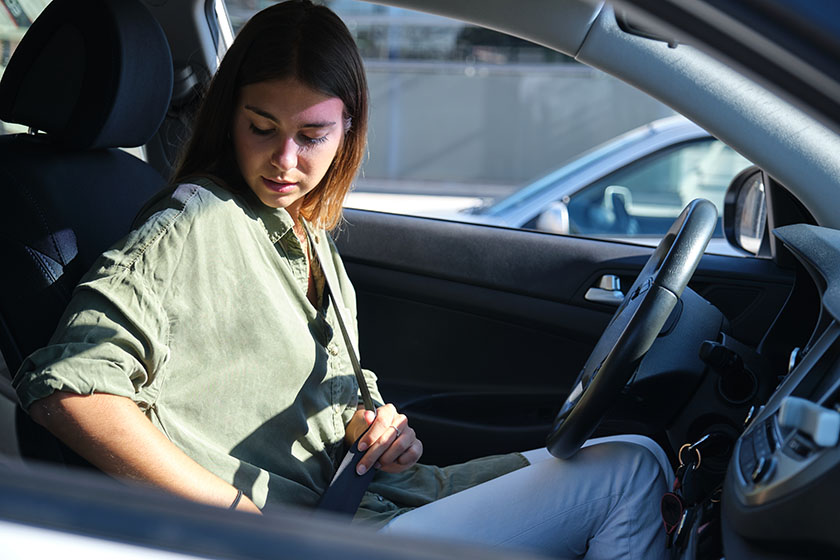Protecting drivers: Auto insurance and the future of mobility Read article


Much research has shown that distracted driving can cause accidents, but exactly what is the risk?
Analysis of Arity driving data across the U.S. shows that drivers who use their phones nearly five times per hour are 70% more likely to be in a collision.
Statistically, a 70% increase in risk is not just a big risk – it’s a huge one. Sure, the increased risk should resonate with drivers who are tempted to glance at that text — more than 700 people are injured every single day due to someone using their phone while driving — but it also should be a tremendous concern for insurers and other transportation-focused companies.
These types of companies turn to Arity to better understand driving behavior, manage risk, operate more safely, and ultimately increase their bottom line. Arity decided to turn this doom-and-gloom data into an opportunity to increase safety.
Thankfully, the technology that is the source of the problem also has the power to make transportation safer for everyone.
How? By using sensor data from drivers’ mobile phones.
Over the last couple of years, Arity built and exhaustively tested a proprietary crash detection algorithm that’s able to detect in real-time when a vehicle has been in a collision. Crash Detection by Arity is available to any partner. Via an SDK integration, app publishers can now quickly respond to a vehicle accident with emergency support.
Of course, with 11% of all collisions occurring within a minute of someone using their phone, the best way to reduce the risk of a collision is to not use the phone at all while driving. But based on the data, it appears this activity is hard to resist, especially in South Carolina, Mississippi, Louisiana, and Rhode Island, where Arity tallied the most distracted driving behaviors.
After an accident, every minute counts to protect those involved. Almost any company that has a mobility-focused app and is interested in increasing the safety of their customers can use Crash Detection. Not only can the app help deploy emergency services their consumers need, but the app can also alert loved ones of the incident.
This can help provide a level of safety and feeling of protection for all drivers, passengers, and companies that want to increase the safety of drivers. Consider these high-need examples:
This driver safety tool has already proven extremely valuable in the real world. For one partner, Life360, Arity’s Crash Detection solution detected more than 18,000 collisions every month since November 2020. In that same time, the Arity integration translated to 1,174 average monthly potentially life-saving emergency response dispatches for Life360 Members.
In another real-life example, a mother of a 16-year-old boy thanked Life360 for saving her son’s life when he crashed his car on a remote road in April 2021. He admitted he “may have been on Snapchat” when the accident happened. The app alerted his mom, who, along with her daughter, was a first responder. They called his friends and together were able to pull him from the car and get him to the hospital
Putting an end to distracted driving is still something we all strive for; Arity’s Crash Detection is one step toward protecting those who are adversely impacted by it.
If you’d like to increase customer loyalty and safety with Crash Detection by Arity, contact us about becoming a mobility partner.